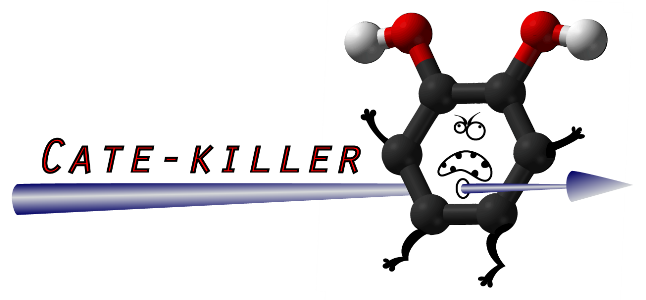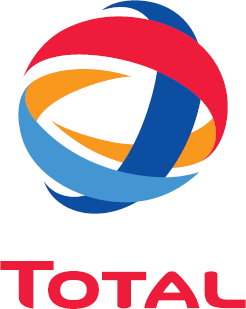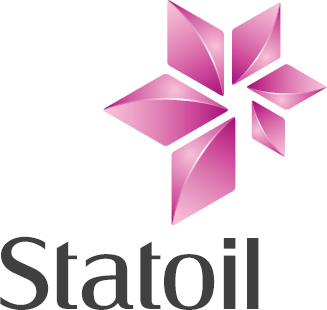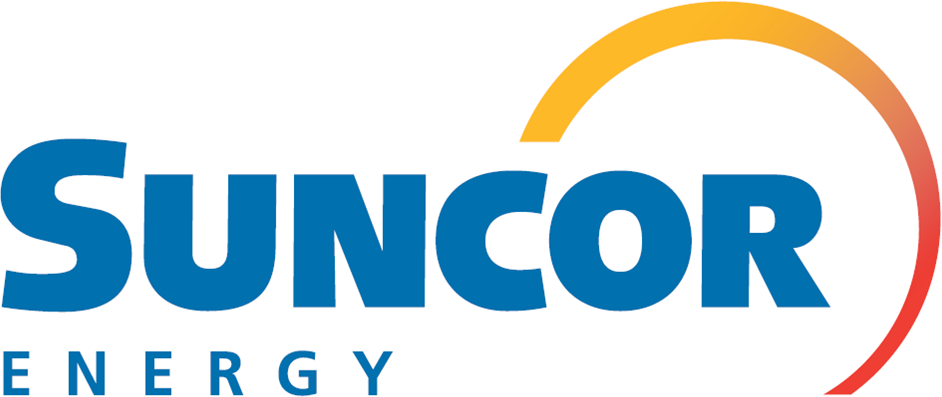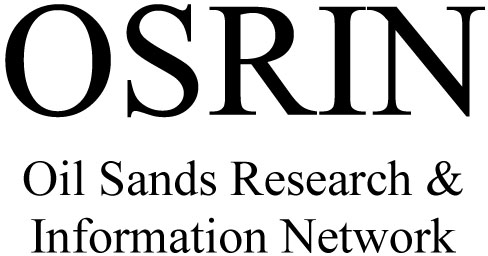Team:Toronto
From 2010.igem.org
| (48 intermediate revisions not shown) | |||
| Line 1: | Line 1: | ||
| - | + | [[Image:Toronto_logo.png]] | |
| - | + | {|style="color:black;background-color:#FFFFFF;" cellpadding="2" cellspacing="0" border="1" width="100%" align="center" | |
| - | {| style="color: | + | |
!align="center"|[[Team:Toronto|Home]] | !align="center"|[[Team:Toronto|Home]] | ||
!align="center"|[[Team:Toronto/Project|Project]] | !align="center"|[[Team:Toronto/Project|Project]] | ||
| Line 15: | Line 14: | ||
!align="center"|[[Team:Toronto/Team|Team]] | !align="center"|[[Team:Toronto/Team|Team]] | ||
!align="center"|[https://igem.org/Team.cgi?year=2010&team_name=Toronto Official Team Profile] | !align="center"|[https://igem.org/Team.cgi?year=2010&team_name=Toronto Official Team Profile] | ||
| - | |||
| - | |||
| - | |||
| - | |||
|} | |} | ||
<h1>'''Home'''</h1> | <h1>'''Home'''</h1> | ||
| + | {|align="justify" | ||
| + | <h3>'''''Background'''''</h3> | ||
| - | + | Oil sands are a naturally occurring mixture of sand, clay, water, and a dense and extremely viscous form of petroleum referred to as bitumen. These deposits represent approximately two-thirds of the world's total petroleum reserves. The oil sands in the Athabasca Basin in northeastern Alberta, Canada, are one of the largest reserves containing an estimated 1.7 trillion barrels (270×10<sup>9</sup> m<sup>3</sup>). However, development of the resource comes with a significant environmental footprint. The extraction process to separate the mixture of sand, clay and bitumen produces large volumes of slurry wastes which are stored in 'tailings ponds'. The slurry’s components include polycyclic aromatic hydrocarbons (PAHs) which have been shown to be acutely toxic to aquatic organisms and humans. | |
| - | + | <p>It has been reported that a variety of bacteria residing in the ponds are able to break down these contaminants. The breakdown of many PAHs generates a common intermediate – catechol – that is further degraded to Acetyl-CoA. Since these reactions naturally proceed at extremely slow rates, we plan to utilize the principle of metabolic channeling to accelerate catechol breakdown. We hypothesize that efficient removal of this intermediate will have a beneficial effect on the rate of biodegradation of the upstream contaminants.'' | |
| - | |[[Image: | + | |[[Image:Toronto_team.jpg|center|Members of the 2010 Toronto Bio-Rad team]] |
| + | |[[Image:Toronto_project_logo.png|center|Our mascot]] | ||
|- | |- | ||
| - | |||
| - | |||
| - | |||
| - | |||
| - | |||
| - | |||
|} | |} | ||
| + | <h3>'''''Sponsors'''''</h3> | ||
| + | We gratefully acknowledge the ongoing support of the following sponsors. | ||
| + | |||
| + | <gallery caption="Equipment and Reagents"> | ||
| + | Image:UofTBioradLogo.png | ||
| + | </gallery> | ||
| + | |||
| + | <gallery caption="OilSands Initiative"> | ||
| + | Image:UofTConnocoPhillipsLogo.png | ||
| + | Image:UofTTotalLogo.png | ||
| + | Image:UofTStatOilLogo.png | ||
| + | Image:UofTSuncorLogo.png | ||
| + | Image:UofTNexenLogo.png | ||
| + | Image:UofTOSRINLogo.png | ||
| + | </gallery> | ||
| + | [[Image:UofTISEEELogo.png |500px]] | ||
| + | |||
| + | <gallery caption="University of Toronto"> | ||
| + | Image:UofTCAGEFLogo.jpg | ||
| + | Image:UofTEngSocLogo.jpg | ||
| + | Image:UofTEngAlumni.jpg | ||
| + | Image:UofTCGPGBBLogo.gif | ||
| + | </gallery> | ||
| + | |||
| + | <gallery caption="Gene synthesis"> | ||
| + | Image:UofTIDTlogo.png | ||
| + | Image:UofTMrGeneLogo.png | ||
| + | Image:UofTGeneArtLogo.png | ||
| + | </gallery> | ||
Latest revision as of 06:32, 27 October 2010
| Home | Project | Design | Protocols | Notebook | Results | Parts Submitted to the Registry | Modeling | Software Used | Human Practices | Safety | Team | Official Team Profile |
|---|
Home
Sponsors
We gratefully acknowledge the ongoing support of the following sponsors.
 "
"


